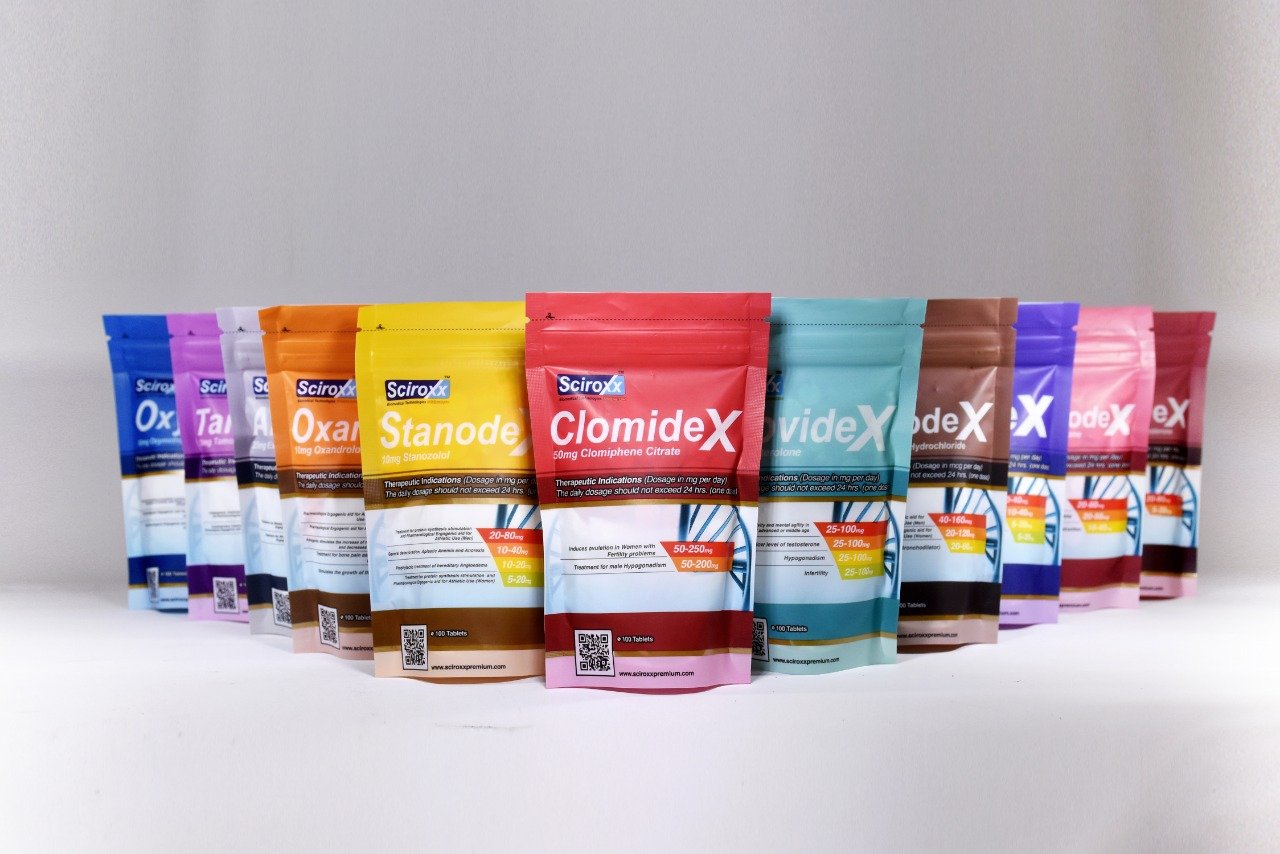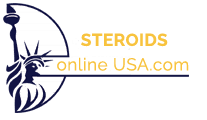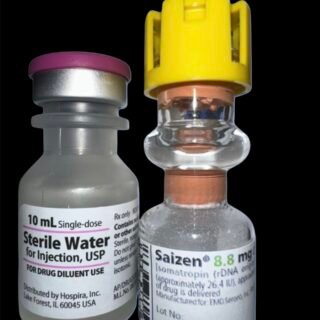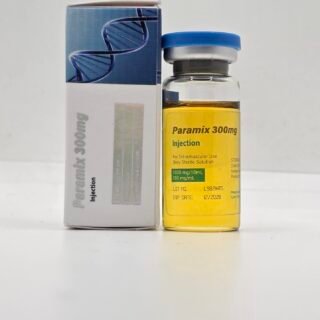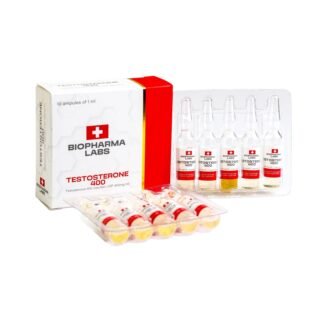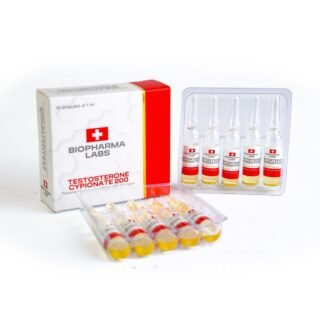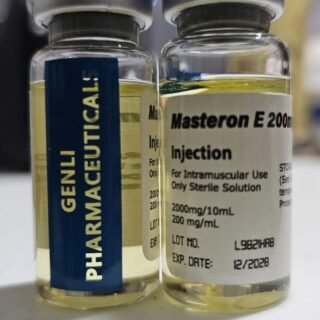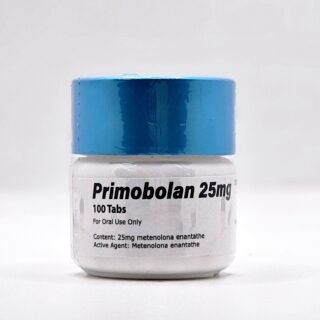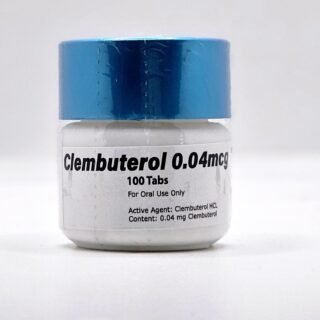Category
- Best Peptides for muscle growth
- Geno Pharma Domestic Warehouse 2 (Canada&USA)
- GP(Domestic Shipping US) Warehouse 1
- Human Pharma Premium
- Phar Labs Premium-Select
- Steroids on Sale USA, Real Steroids Online
- New arrivals in USA
- Most popular steroids in USA
- Antiestrogens / Gonadotropins
- Bangkok Steroid USA
- Biopharma Steroid USA
- British Dragon
- Anabolic Steroids for Horses
- Fat-burners
- Gen Pharma USA
- Medical Pharma Steroid USA
- Medical Tech Steroid USA
- Novocrine Steroids
- HGH USA
- Omega Labs Steroid USA
- Rotterdam Steroids USA
- SARMs USA
- Sciroxx
- Sydgroup Steroid USA
- Big vetenary Steroid USA
- Watson Steroids
- XT Labs Steroids
Most Popular steroids USA
-
 Saizen 8.8 mg (Somatropin) 26.4 UI Domestic USA
Saizen 8.8 mg (Somatropin) 26.4 UI Domestic USA
$115.00Original price was: $115.00.$98.00Current price is: $98.00. -
 PARAMIX 300 Genli Pharma – Trenbolone A, E & Hexa Mix 10 ml
PARAMIX 300 Genli Pharma – Trenbolone A, E & Hexa Mix 10 ml
$110.00Original price was: $110.00.$99.00Current price is: $99.00. -
 Testosterone 400 Biopharma 10 Ampoules
Testosterone 400 Biopharma 10 Ampoules
$99.00Original price was: $99.00.$75.00Current price is: $75.00. -
 Testosterone Cypionate 200 Biopharma 10 amp
Testosterone Cypionate 200 Biopharma 10 amp
$99.00Original price was: $99.00.$72.00Current price is: $72.00. -
 Drostanolone Enanthate 200mg 10 ml - Masteron Enanthate
Drostanolone Enanthate 200mg 10 ml - Masteron Enanthate
$110.00Original price was: $110.00.$90.00Current price is: $90.00. -
 Primobolan Pills 25mg 100 pills Domestic USA
Primobolan Pills 25mg 100 pills Domestic USA
$99.00Original price was: $99.00.$85.00Current price is: $85.00. -
 Clenbuterol for Sale 40mcg 100 Tabs - GP Premium Domestic USA
Clenbuterol for Sale 40mcg 100 Tabs - GP Premium Domestic USA
$99.00Original price was: $99.00.$65.00Current price is: $65.00.


Table of Contents
ToggleTestosterone, what can it do for athletes?
Testosterone is an endogenous steroid hormone that is synthesized from cholesterol in the Leydig cells of the testis, which is made up of 19 carbon atoms. It is also synthesized in theca cells in the ovaries and in the reticularis of the adrenal glands.
Testosterone favors the growth of muscle mass and the increase in muscle strength given its role in the formation of proteins. It also increases the density of the bones and stimulates their longitudinal growth, as well as their maturation in the case of adolescents, which is why it is highly appreciated by gym enthusiasts.
Testosterone also has a decisive influence on the brain, stimulating the production of dopamine, which is a powerful natural antidepressant. It also participates in the secretion of acetylcholine, a neurotransmitter that controls memory, keeping it operational. Likewise, cognition, or the ability to perceive and understand the world around us, is highly dependent on testosterone.
The usual values of endogenous testosterone in men are between 10 and 30 nmol / L, while in women it is between 0.6 and 2.5 nmol / L. In women, the decrease in hormonal secretion it occurs abruptly during menopause, while in men the decrease in endogenous testosterone is very noticeable after the age of 40.
The sports doctors Stéphane Bermon and Pierre Yves Garnier published a famous clinical study analyzing the relationship between exogenous testosterone and sports performance in the British Medical Journal, where it has been possible to corroborate that having a high level of exogenous testosterone leads to a hypertrophy of the athlete’s muscle mass, due to its effects on protein anabolism, which in general terms, gives him a competitive advantage, both physical and mental.
The origin of the use of exogenous testosterone began after World War II in people released from concentration camps, to recover their lost muscles and their testicular activity.
The excellent recovery results obtained quickly pointed to exogenous testosterone as an extremely efficient muscle anabolic androgen, from which various 17 alpha-alkylated derivatives for oral use such as methyltestosterone (Methandren) and fluoxymesterone (Halotestin) were quickly synthesized.
Subsequently, other injectable derivatives with less androgenic capacity were synthesized, and consequently less hepatotoxic, but which maintain their full anabolic capacity, such as nandrolone in the form of fenpropionate and decanoate under the Deca Durabolin brand, and in the form of enanthan under the testosviron brand, including a combination of propionate, phenylpropionate, isocaproate and decanoate under the Sustanon brand, methenolone under the Primobolan brand, oxymetholone under the Anadrol brand, oxandrolone under the Anavar brand, stanozolol under the Winstrol brand… among others.
Dihydrotestosterone binds to receptors located in the cytoplasm of cells, and from there it goes to the nucleus of cells, where it begins to modify protein synthesis. These proteins that are synthesized by dihydrotestosterone stimulation act as regulators of a large number of metabolic reactions and promote skeletal muscle hypertrophy.
Share this page:
- Click to share on X (Opens in new window) X
- Click to share on Facebook (Opens in new window) Facebook
- Click to email a link to a friend (Opens in new window) Email
- Click to share on LinkedIn (Opens in new window) LinkedIn
- Click to share on Reddit (Opens in new window) Reddit
- Click to share on Pinterest (Opens in new window) Pinterest
- Click to share on Telegram (Opens in new window) Telegram
- Click to share on WhatsApp (Opens in new window) WhatsApp
- Click to share on Tumblr (Opens in new window) Tumblr
Written by Steroids USA
Pay with WISE APP or Remitly
Pay with WISE App or Remitly
Fast money transfers from USA for fast delivery of steroids
Secure delivery in USA
100% reliable shipping in USA
24x7 Support
Online 24 hours
Low cost delivery
Great shipping prices in USA
BULK ORDER DISCOUNT
If you are a reseller in the USA you can get a special DISCOUNT, we can give you up to 50% or more on bulk orders. If you want to make a bulk order, we can negociate for orders of over USD$4,000, contact us by email.
Steroids info

